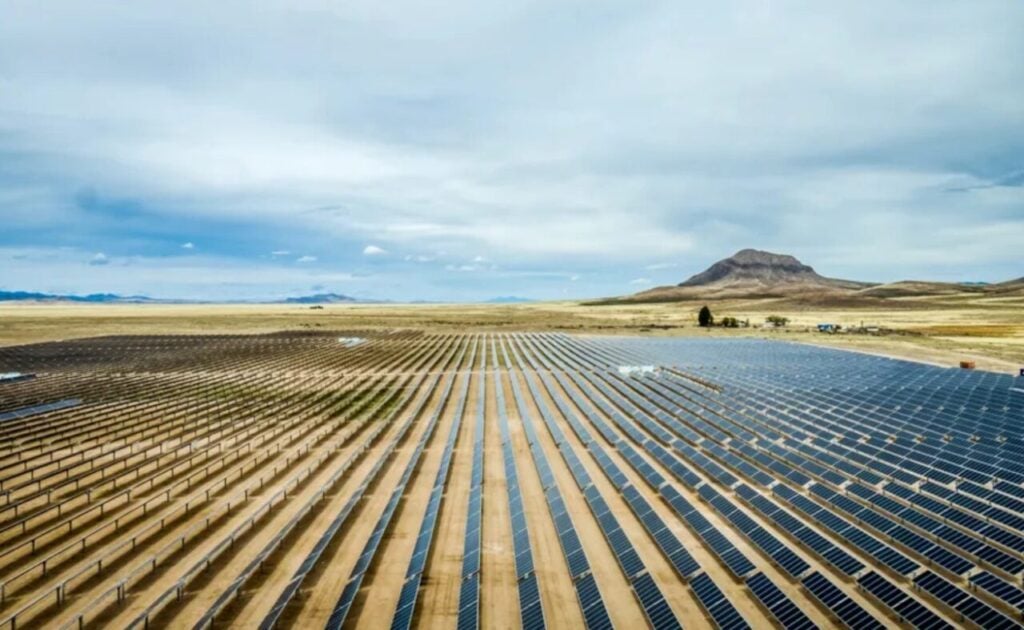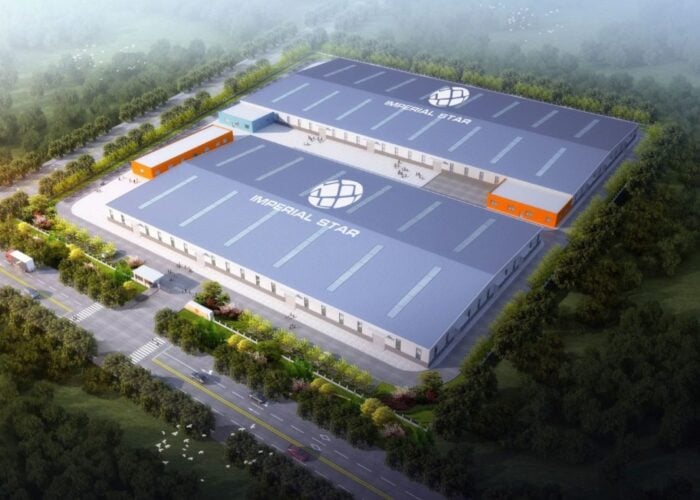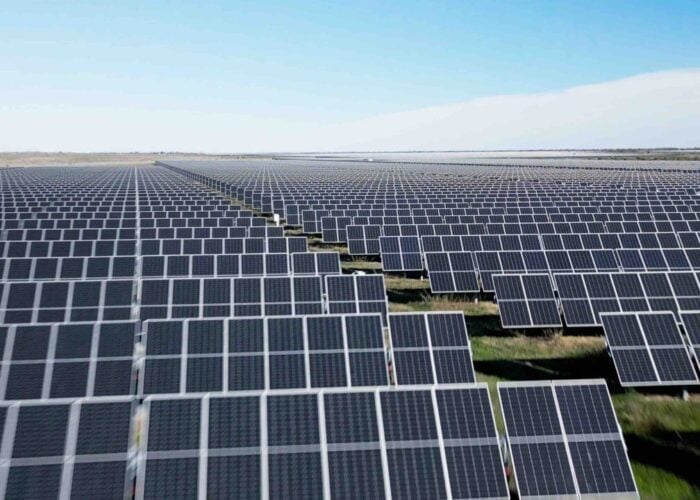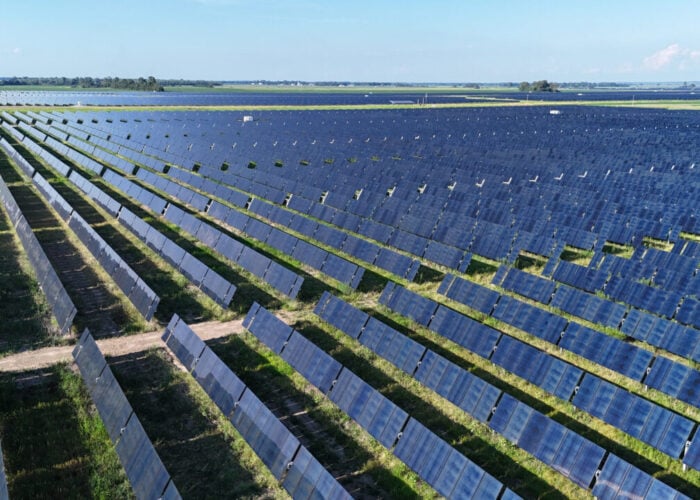
US independent power producer (IPP) DESRI has begun construction on a 205MW/1,000MWh solar-plus-storage project in the state of Arizona.
DESRI – full name, D.E Shaw Renewable Investments – bought the Catclaw solar and storage project in Buckeye, Arizona, from US solar developer Avantus last year. The site features a 250MW, four-hour duration battery energy storage system (BESS) and is expected to begin operations in 2026.
Try Premium for just $1
- Full premium access for the first month at only $1
- Converts to an annual rate after 30 days unless cancelled
- Cancel anytime during the trial period
Premium Benefits
- Expert industry analysis and interviews
- Digital access to PV Tech Power journal
- Exclusive event discounts
Or get the full Premium subscription right away
Or continue reading this article for free
Catclaw has a 20-year power purchase agreement (PPA) in place with APS, the Arizona Public Service, the statewide energy provider.
Renewables firm RES will serve as the engineering, procurement and construction (EPC) contractor for the site; Tesla will provide the battery storage equipment. DESRI did not confirm the solar equipment supplier.
“DESRI currently owns 131MWac of operating renewable energy assets and 160MWac of solar assets under construction in Arizona; Catclaw is our first project with Arizona Public Service (APS),” said Bob Schoenherr, chief strategy officer of DESRI.
“Given skyrocketing demand for new energy and capacity resources across the state, our team is happy to pair reliable and cost-effective resources with this need.”
The US Energy Information Administration (EIA) has forecast that the country will add 63GW of new utility-scale power generation capacity in 2025, over half of which is expected to be solar PV. It also predicted 18.2GW of new energy storage capacity additions this year as increased renewables penetration on the grid calls for more balancing technologies.
Arizona itself was on track to install over 1GW of new solar PV capacity in 2025, when the EIA made its predictions in February.
President Trump’s “Big, Beautiful Bill” is currently on track to slash incentives for renewable energy deployments via a raft of measures that would significantly slow down deployments if passed by the Senate. Alongside his tariff regime, which research firm Wood Mackenzie said would increase the price of solar PV “significantly”, and energy storage even more, the sector is likely to slow in the coming years.






